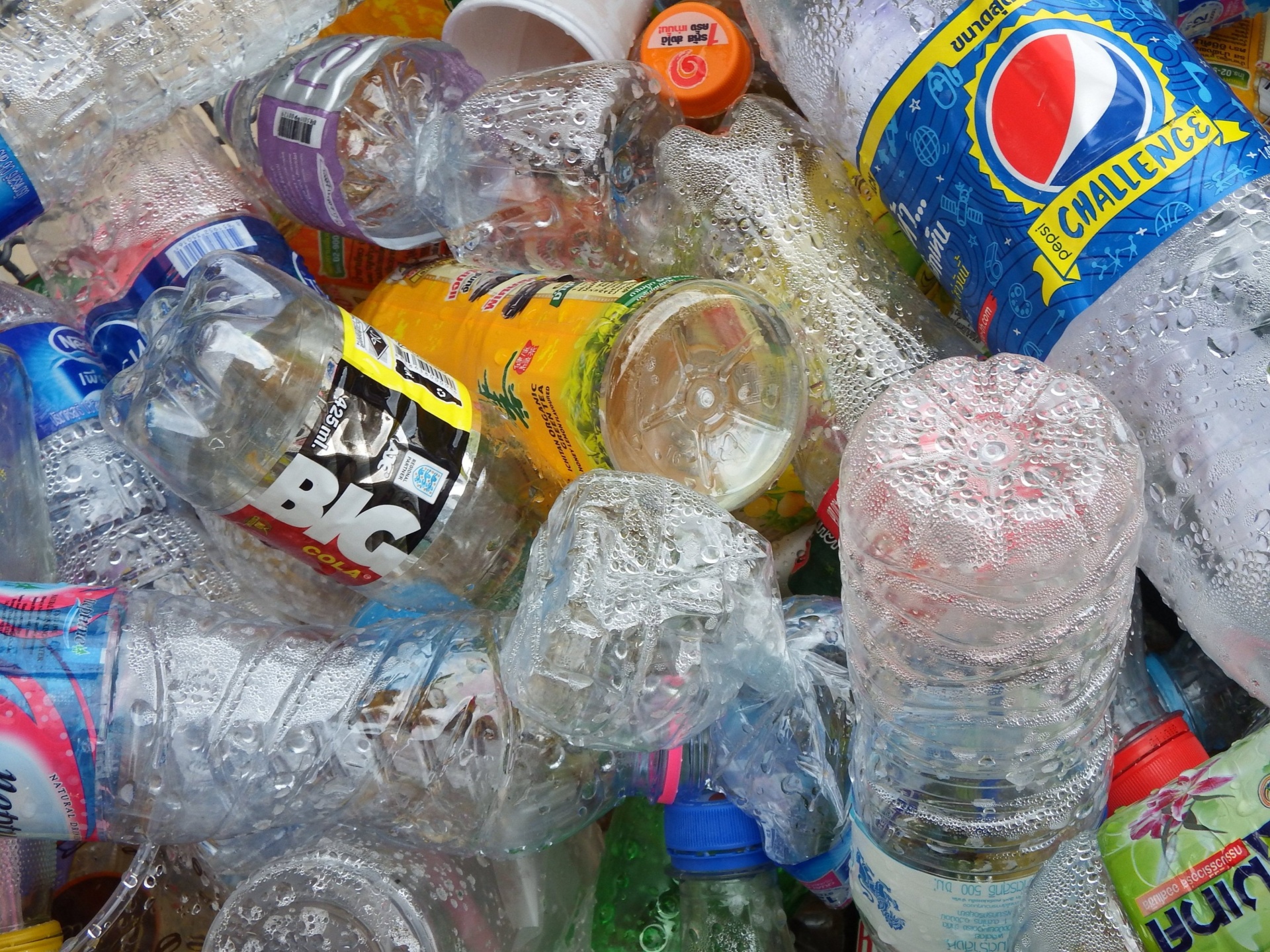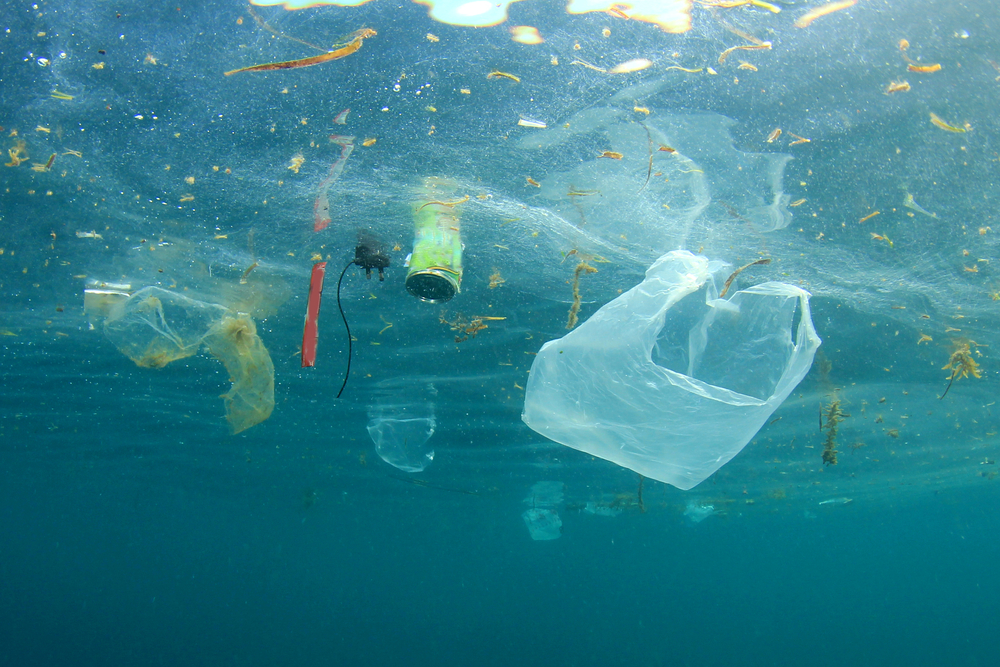Low battery
Battery level is below 20%. Connect charger soon.
· plastics are (mostly) synthetic (human-made) materials, made from polymers, which are long molecules built around chains of carbon atoms, typically with hydrogen, oxygen, sulfur, … Any of numerous organic synthetic or processed materials that are mostly thermoplastic or thermosetting polymers of high molecular weight and that can be made into objects, films, or filaments. But the plastic pollution crisis reaches far beyond plastic harming wildlife and people not putting plastic in the correct bin. A plastic is a type of synthetic or man-made polymer that is similar to natural resins found in trees and other plants. They are lightweight yet durable, strong yet malleable, and relatively inexpensive to produce. You’ve probably heard about plastic pollution in the ocean or microplastics in the human body. Plastics are a wide range of synthetic or semisynthetic materials composed primarily of polymers. In this article, well examine the chemistry of plastic, how its made, how its used, and how its disposed of and recycled. The meaning of plastic is a plastic substance; How to use plastic in a sentence. Plastic innovations contributed to many life-saving products that revolutionized the health care industry. Maybe you’ve assumed that if people just recycled more, we wouldn’t have a plastic problem in the first place. As we gear up for the next round of plastics treaty negotiations, it’s the perfect time to brush up on the latest in plastic pollution science Plastics are incredibly versatile materials that can be used to make a variety of products. Polymers are any of various complex organic compounds produced by polymerization—a process in which small molecules combine to make a … Their defining characteristic, plasticity, allows them to be molded, extruded, or pressed into a diverse range of solid forms. Plastic products are prominent in the construction, transportation, and packaging industries. · what is the science behind plastic pollution? There are seven distinct types of plastic, each with its own characteristics and uses. This property of plasticity, often found in combination with other special properties such as low density, low electrical conductivity, transparency, and toughness, allows plastics to be made into a great variety of. Well also look at some new biologically based plastics and their role in the future of plastic. · what’s the problem with plastic? We also want to … · plastic, polymeric material that has the capability of being molded or shaped, usually by the application of heat and pressure. · plastic products are generally versatile, durable and lightweight.




